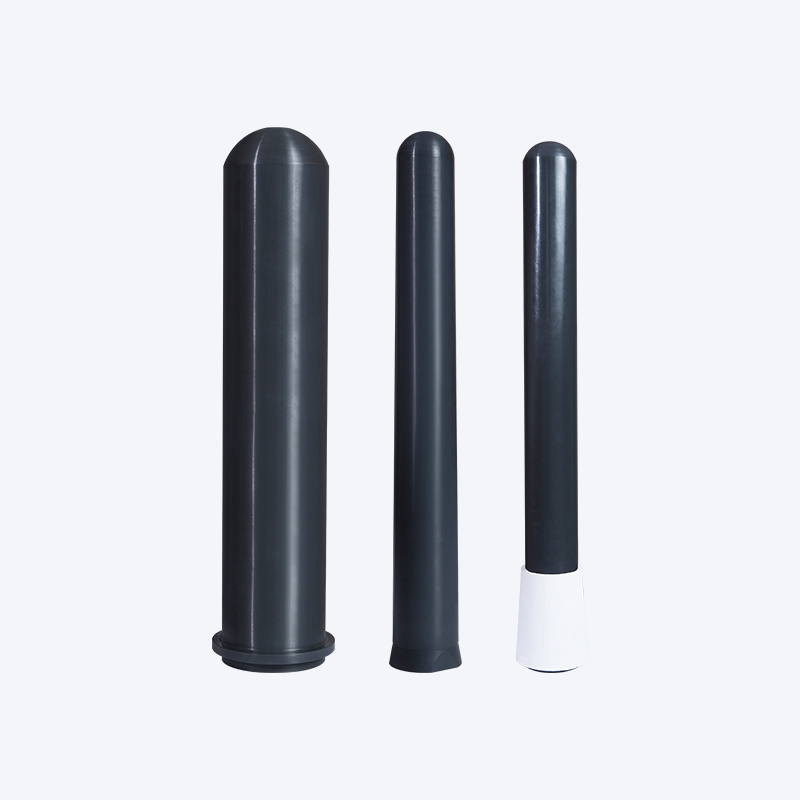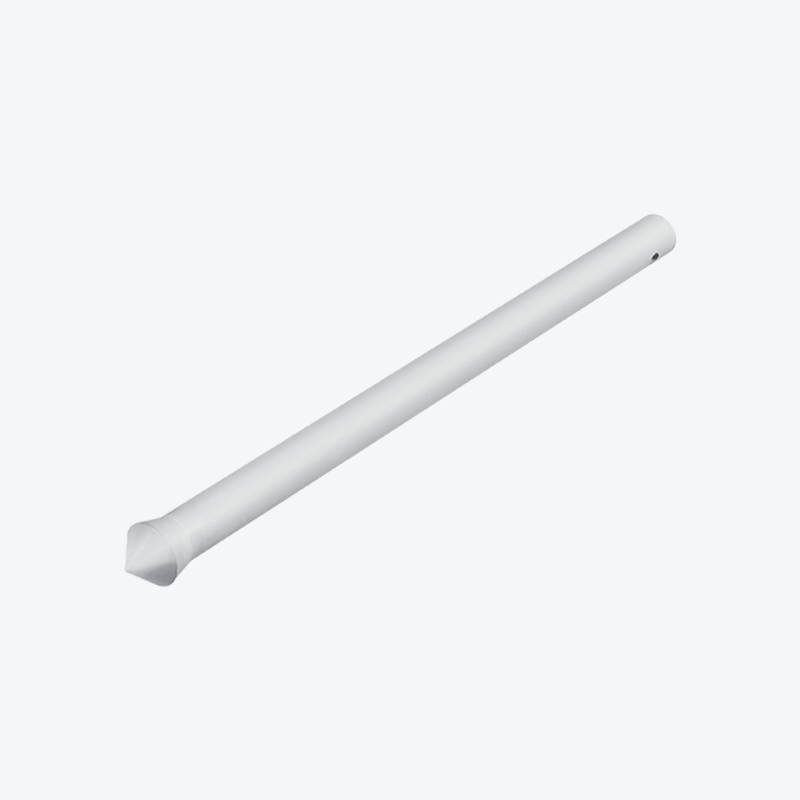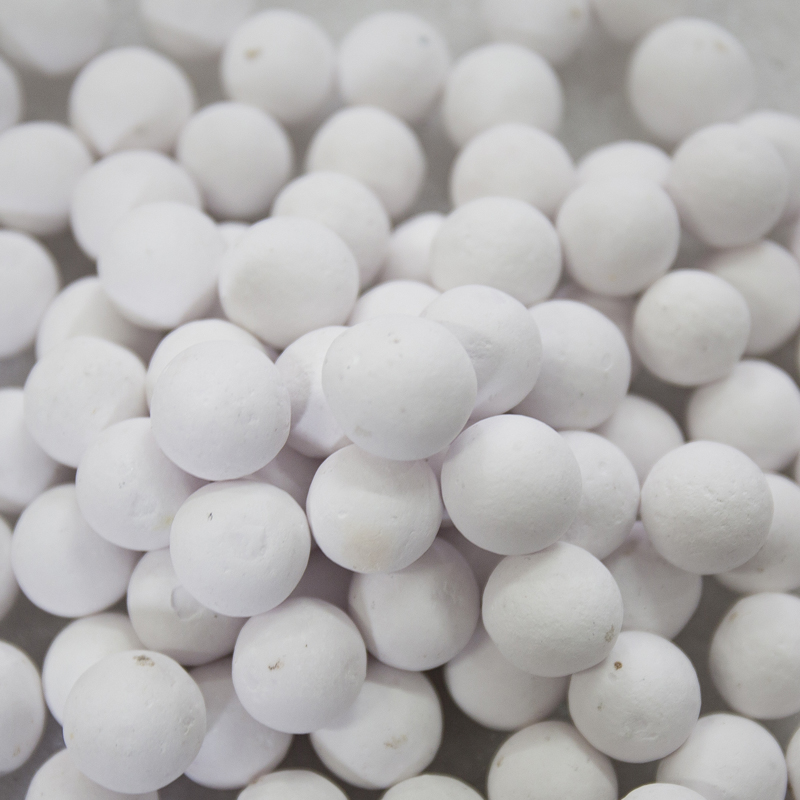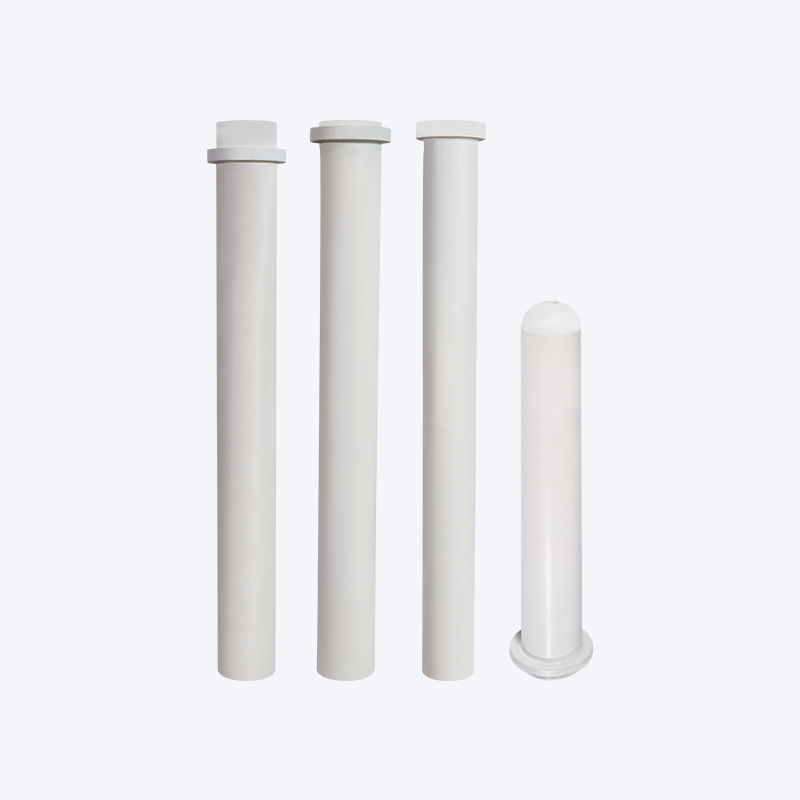Heater Protection Tube: Essential Component for Thermal Efficiency and Longevity
In industrial heating systems and temperature measurement applications, the heater protection tube plays a critical role in ensuring durability, accuracy, and safe operation. Also known as a thermocouple protection tube, this essential component serves as a barrier between sensitive temperature sensors and the harsh environments in which they operate.
A heater protection tube is a tubular enclosure designed to shield heating elements, thermocouples, or RTD sensors from direct contact with corrosive gases, molten metals, or abrasive particles. These tubes act as sensor sheaths or temperature sensor sleeves, forming a protective casing that enhances sensor life and maintains accurate readings.
Typically manufactured from robust materials such as ceramic, silicon carbide, alumina, or metal alloys, the heater protection tube ensures high thermal conductivity while resisting oxidation, corrosion, and mechanical stress.
Key Functions of a Heater Protection Tube
Thermal Shielding: The primary purpose of a heater protection tube is to prevent rapid wear and failure of heating elements or thermocouples due to exposure to high temperatures and reactive substances.
Corrosion Resistance: In chemical plants or foundries, corrosive fumes and molten substances can damage unprotected sensors. A durable temperature sensor tube provides a chemically inert shield, significantly extending service life.
Mechanical Protection: Environments with high mechanical stress, vibration, or impact require a thermowell or sensor sheath to guard against physical damage.

Applications of Heater Protection Tubes
Heater protection tubes are widely used in industries such as:
Steel and metal processing
Glass manufacturing
Petrochemical refining
Heat treatment facilities
Ceramic and kiln systems
In each of these applications, maintaining stable and accurate temperature control is critical. By using heater sensor protection tubes, operators can ensure reliable data transmission and avoid system shutdowns caused by sensor failure.
Material Selection for Heater Protection Tubes
The choice of material depends on operating conditions:
Silicon Carbide Tubes: Known for their excellent heat resistance and thermal shock tolerance.
Alumina Protection Tubes: Ideal for high-temperature furnaces and oxidizing atmospheres.
Stainless Steel or Inconel Sheaths: Suitable for moderately aggressive environments requiring metal-based sensor protection tubes.
Mullite Tubes: Cost-effective and suitable for general-purpose thermal applications.
Each type of heater protection tube is tailored for specific operational requirements, ensuring optimum performance in demanding environments.
Advantages of Using Heater Protection Tubes
Extended Sensor Life: By minimizing exposure to harsh elements, the temperature protection tube reduces maintenance frequency and replacement costs.
Improved Measurement Accuracy: A stable thermal environment leads to more consistent readings.
Enhanced Safety: By insulating electrical components and reducing material degradation, these tubes enhance system safety.
Operational Efficiency: Reduces downtime by maintaining continuous operation even under extreme conditions.
Contact Us for Quotes and Prices!
Just let us know what you want, and we will get in touch with you as soon as possible!

 English
English 简体中文
简体中文












